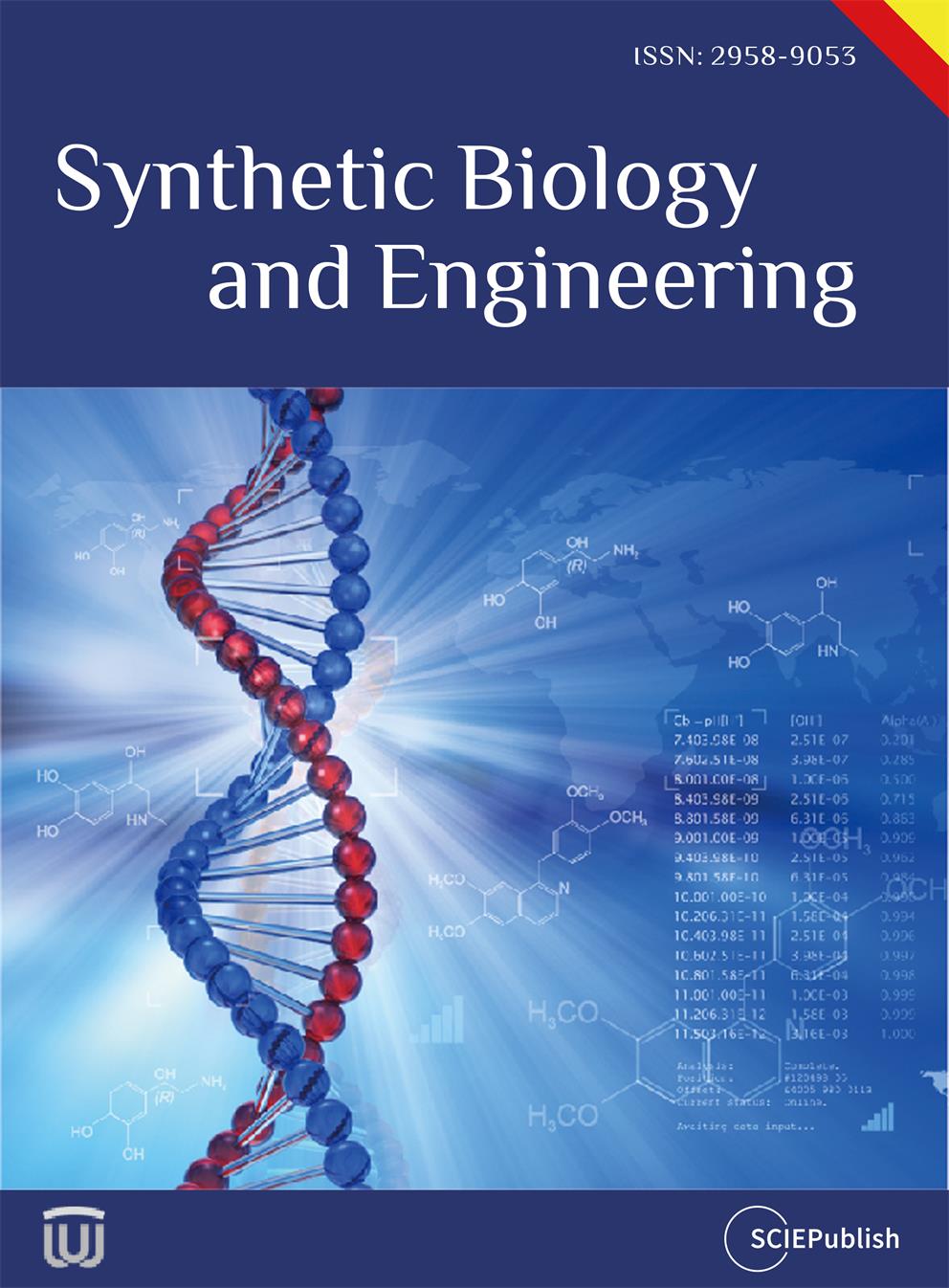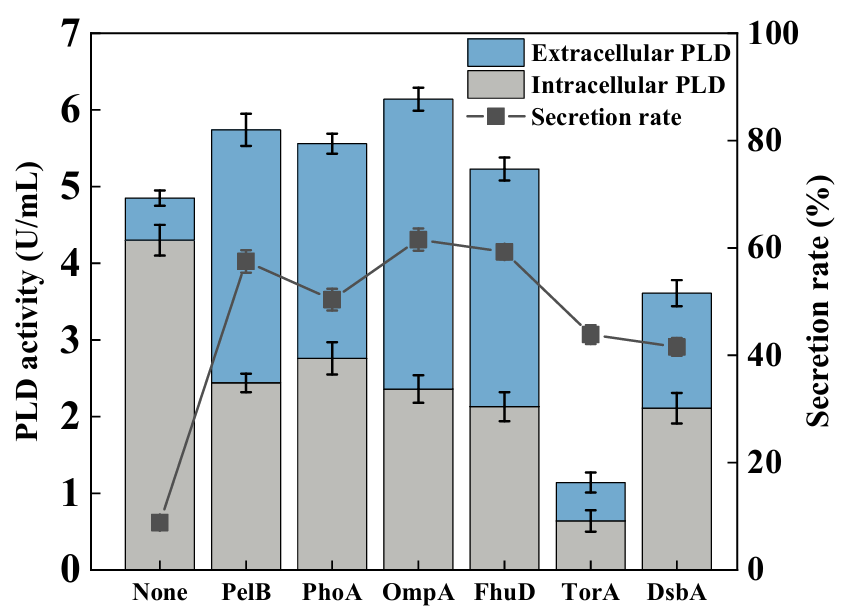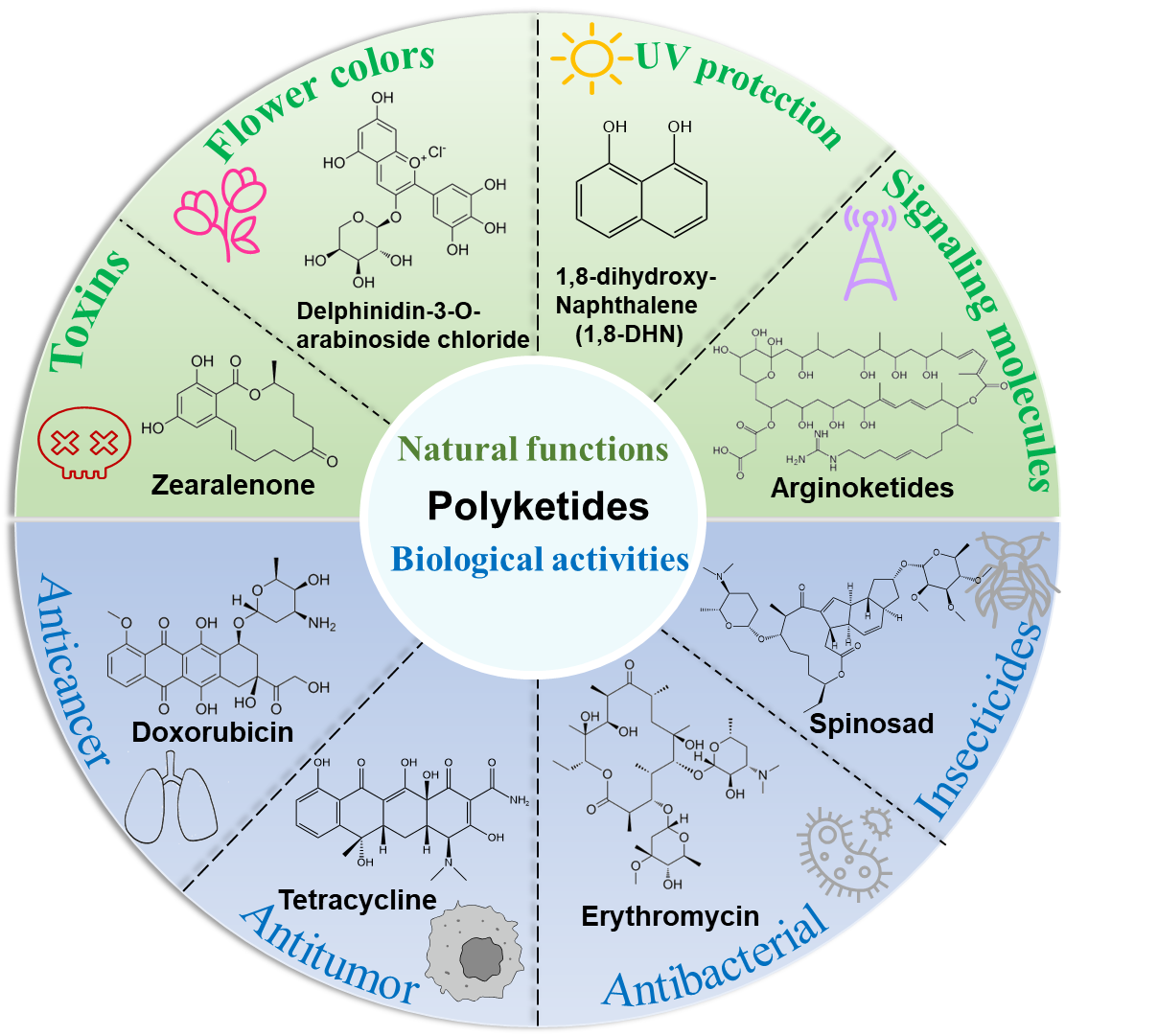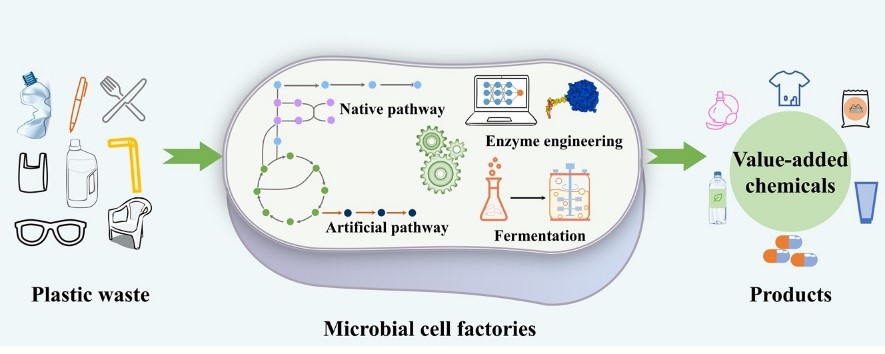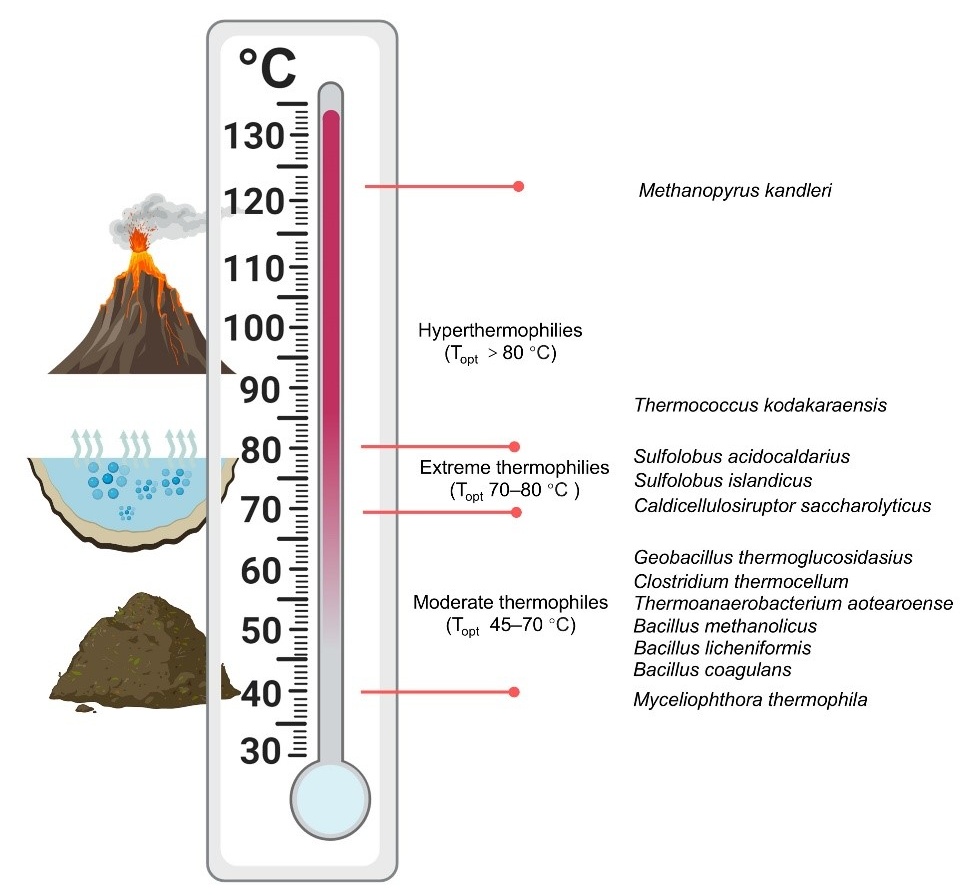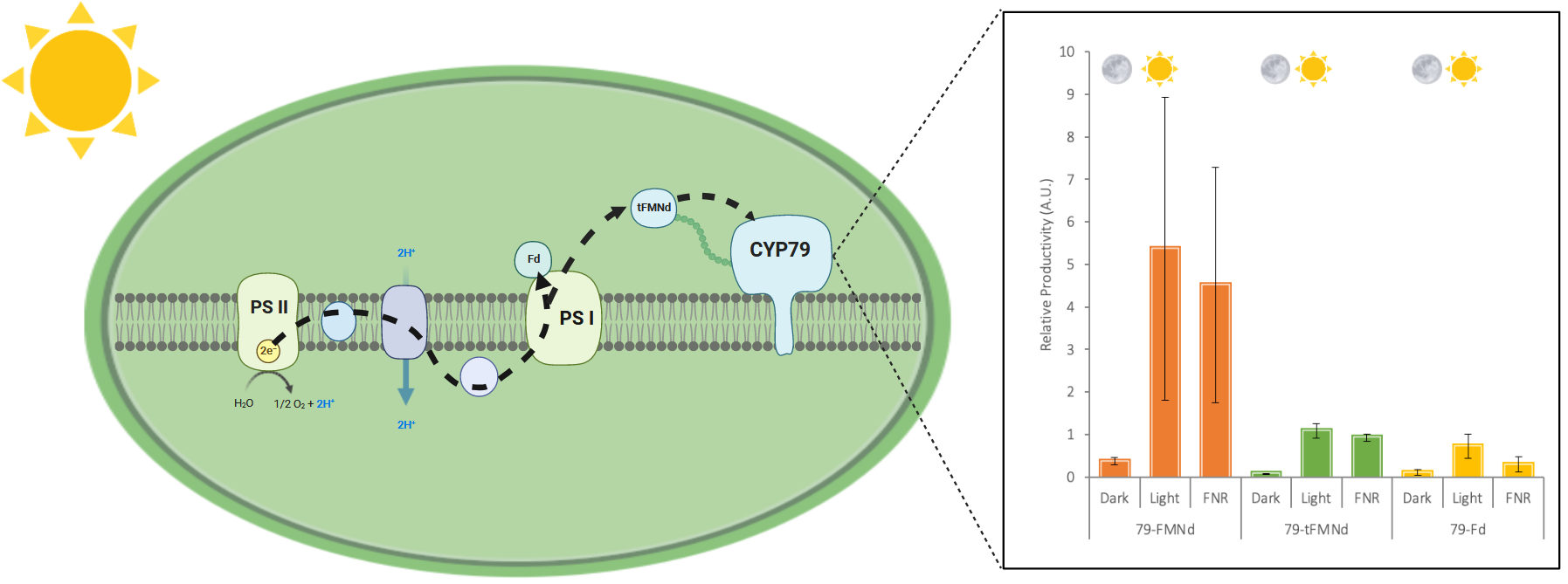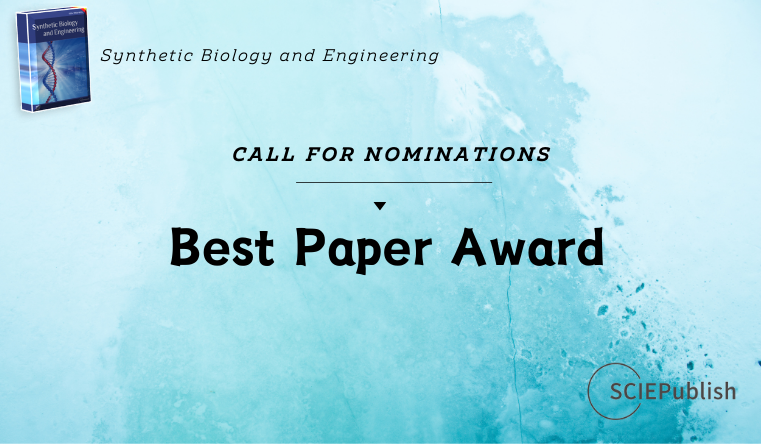Transcriptional regulation is a key step in gene expression control.
While transcription factor-based regulation has been widely used and offers
robust control over gene expression, it can sometimes face challenges such as
achieving high specificity, rapid dynamic responses, and fine-tuned regulatory
precision, which have motivated the exploration of alternative regulatory
strategies. With the development of synthetic biology, novel genetic elements
such as Switchable Transcription Terminators (SWT) and aptamers provide more
flexible and programmable strategies for transcriptional regulation. However,
the independent regulatory capabilities of these two types of elements and
their combined regulatory mechanisms still require further investigation. In
this study, based on an in vitro transcription system, we systematically
explored the transcriptional regulation potential of SWT and aptamers. We
innovatively combined these two elements to construct a modular gene expression
regulation system. First, we screened and optimized a series of SWTs, obtaining
high-performance SWTs with low leakage expression and high ON/OFF ratios. These
were further validated for reproducibility of their regulatory performance in E. coli. Next, we constructed multi-level cascading circuits
using SWTs, successfully extending the system to six levels and building four
types of biological logic gates based on SWT in vitro: AND gate, NOT
gate, NAND gate, and NOR gate. Furthermore, based on a previously identified
thrombin aptamer capable of transcriptional regulation, we confirmed that
ligand binding significantly promoted gene transcription. Finally, we integrate
switchable transcription terminators (SWTs) and aptamers to create a modular,
ligand-responsive system. We combined aptamers with SWTs to construct
heterologous input logic gates, successfully improving the precision and
dynamic range of regulation. Compared to the individual regulation of SWT and
aptamer, the Aptamer-SWT synergistic regulation enhanced transcription
activation by up to 3.3-fold and 7.84-fold, respectively. Additionally, we
co-utilized these two genetic elements to construct heterologous input AND and
OR gates in vitro. This study expands the strategies for gene expression
regulation and provides new elements and theoretical support for efficient,
programmable transcriptional regulation in synthetic biology. This system holds
potential for biosensing, gene circuit design, and nucleic acid therapy
applications.
 Open Access
Open Access

